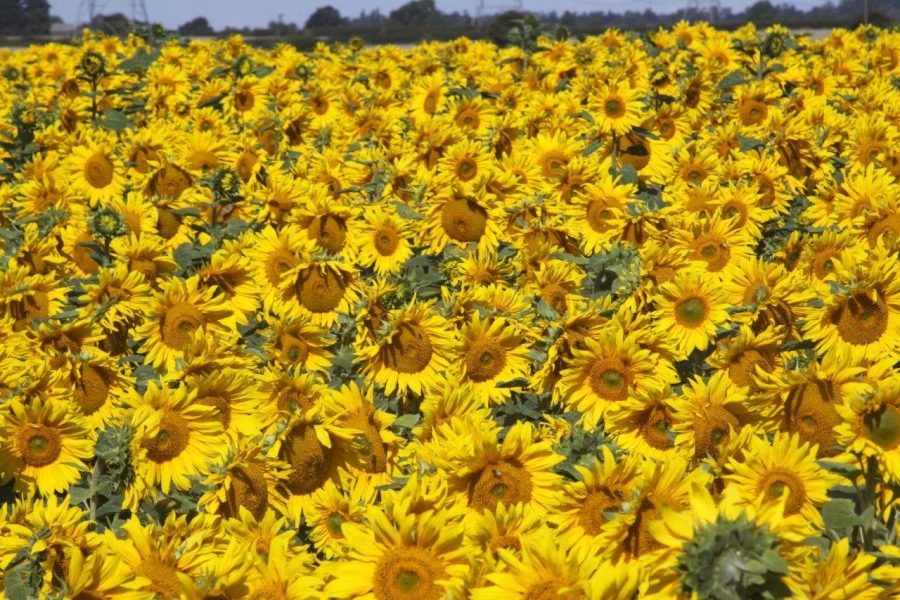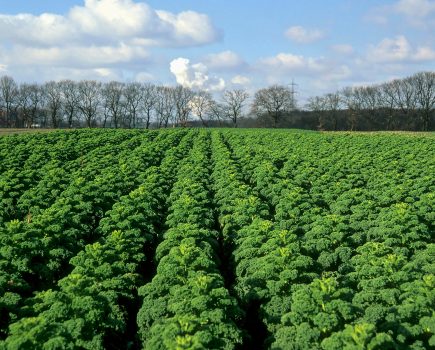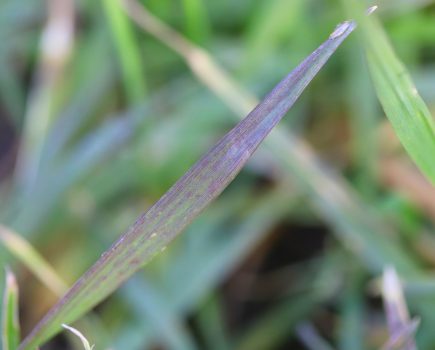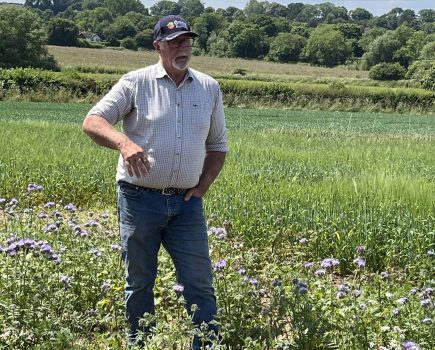Grainseed are offering growers the opportunity to grow sunflowers this spring. Es Bella is their sunflower variety which is the best -selling variety in Europe. Neil Groom, general manager, says that there has already been significant interest in grain sunflowers for 2023. “Bella is an early maturing variety and we have secured more seed for 2023 than we had last year.”
Angus Fox, the Seed Specialist at Grainseed who takes a professional interest in sunflowers, says that demand for sunflowers could support a potential area of 40,000 hectares in the UK, but currently the area is only 300 hectares. “With climate change and increasing temperatures, the geographic areas will undoubtedly expand for the crop in the UK. Sunflowers can be successfully produced south of a line from the Wash to the Bristol Channel but now there are more favourable areas to the North and west which can be considered,” he says.
Angus explains that yields in the EU are around 2.3 t/ha, with some yields exceeding 4 t/ha. Realistically he expects UK yields to be between 1.6 t/ha to 3 t/ha. “With climate change we can produce good yields of good quality sunflower seed for the bird seed market. Of spring crops sunflowers are an attractive crop for UK growers in terms of profitability.”
Brian Fletcher has a wealth of agronomic experience of growing sunflowers, thirty years in total, including five years in Zimbabwe and Kenya on sunflowers and oilseed rape. “There are many similarities between these two crops, but it is always attention to detail in all aspects of growing, particularly in establishment that sets the tone for a good crop,” he says.
Brian can gives some excellent pointers on how to grow sunflowers:
- Where to grow sunflowers They can be grown on any soil type. Optimum pH is 6.5 to 7.5. They grow well on potash rich clay and clay loam soils. They should be drilled between the end of April and the middle of May at a depth of 7cm into a warm moist seedbed when soil temperatures at 5cm depth are above 7°C. Brian prefers a drilling date around 7th It is important to get the crop off well. Don’t rush it and take time to drill properly. Sunflowers are drilled at 110.000-120,000 seeds/hectare (or 48,500/acre) to achieve a population of 100,000 plants/ha on a 35cm – 45cm row width.
- Inputs It is best to avoid unnecessary travelling through the crop. Sunflowers have low fertiliser requirement and fertiliser is applied to the seedbed. Potash levels are important. If the field is sprayed off with glyphosate as a stale seedbed, then no further weed control is needed. Sunflowers should not be grown on a closer than one in four years rotation to prevent disease build up in the soil. Seed is treated with a fungicide to protect from damping off and seedling blight. At harvest the back of the seed head may be infected with Botrytis or Sclerotinia, if conditions are mild and wet. By growing an early variety such as Bella, harvest can take place before these diseases are problematic. Pigeons can be a problem at emergence. Drilling in May to achieve rapid establishment minimises this vulnerable stage. Once the crop has two cotyledons, it rarely needs any further protection.
- Harvesting Crop is desiccated when seed is at 30% moisture- when flower rays brush off the head easily. Harvest occurs when seed moisture is 15-20% dry matter, normally mid-September to October. The crop takes 140 days to reach maturity. Seed can be dried on cold air-drying floors down to 15% moisture.
- Marketing Many growers will sell the seed directly to the public via farm shops. Brian says there is a ready and plentiful market with strong domestic demand.
Angus Fox adds to the argument that demand is there. “If you look at the top sunflower producers, Russia produces 16.5 million tonnes and Ukraine 10 million tonnes with Europe producing 9.44 million tonnes. We have a golden opportunity especially with increasing temperatures to produce more sunflowers domestically in the future.”
Neil Groom adds that “Bella is early maturing, high yielding sunflower variety performing consistently well in trials and commercially in England. It is an early variety with a high oil content of 48-50%. Bella has good standing ability, high dry matter yield and excellent disease resistance.”
For more like this, sign up for the FREE South East Farmer e-newsletter here and receive all the latest farming news, reviews and insight straight to your inbox.







